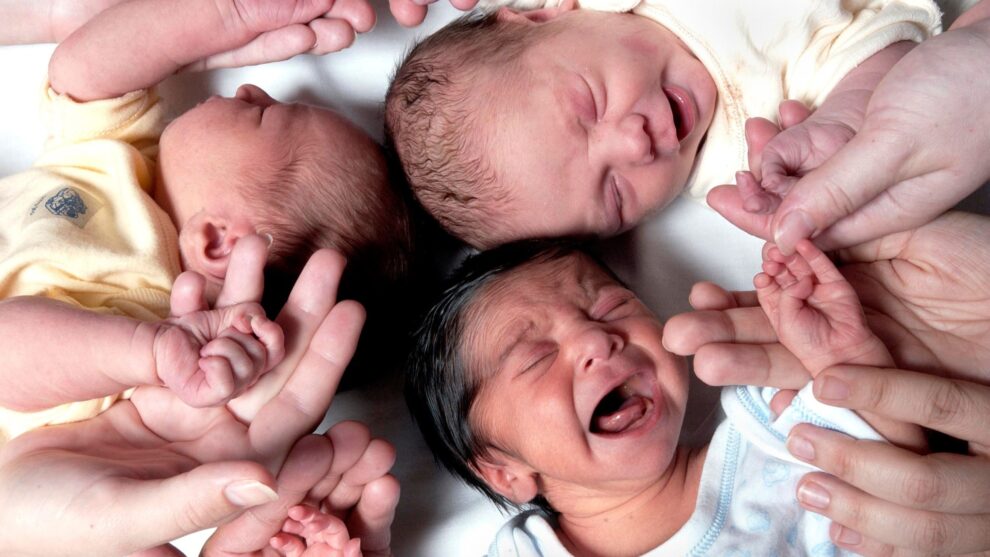The number of babies born in England and Wales last year dropped to the lowest in two decades, according to official data that highlights the country’s demographic challenges. Statistics published on Thursday by the Office for National Statistics showed there were 605,479 live births in England and Wales last year, a 3.1 per cent decline from 2021 and the lowest since 2002. The figure was down from a recent peak of nearly 730,000 in 2012. The trend has implications for the UK’s public finances and growth potential, experts said.
f it continues “the already shrinking working age population would shrink even further in the years ahead”, said Anthony Travers, professor at the London School of Economics. “That will mean certainly greater tax demands on those who are in work.” The falling number of births also means demand for public services would continue to grow as the median age of the population rises and increase the “need for more migration”, he added. The number of people aged 15 to 64, traditionally considered the working age in the UK, has been declining from more than two-thirds of the population in 2007 to about 63 per cent last year. In a separate release, the ONS forecast the proportion will drop to less than 60 per cent by 2077.
Economic growth will also be affected unless there is “a very radical change to the economy which can somehow produce growth by big productivity gains”, said Travers. He added that such an improvement in productivity had not occurred in the past 15 years. The ONS did not provide a total fertility rate for last year, but Jonathan Portes, professor of economics and public policy at King’s College London, calculated it to be at about 1.5 children per woman, which would be the lowest since records began in 1939. ONS figures from last year showed the fertility rate edging up to 1.61 children per woman in 2021, marginally up from the historical low of 1.58 in 2020.
The UK fertility rate is well below that of France, Denmark or Sweden, but above Germany and most of southern and eastern Europe, according to UN population data. “Fertility is falling in most advanced economies, but the fall in the UK seems to have accelerated recently,” said Portes. He added there was no single cause, “but the impact of the housing crisis on young couples, sharp cuts to financial support for low income families, and access to childcare are all likely factors”.
To avoid “a demographic crunch, the UK needs both immigration and an array of family-friendly policies in the labour market, housing and welfare”, he warned. With a cost of living and borrowing crisis, “it’s understandable given the very real struggle for many families right now, that people are putting off having children”, echoed Susannah Streeter, senior investment analyst at asset manager Hargreaves Lansdown. The ONS also revealed that in England and Wales, 30.3 per cent of all live births were to non-UK-born mothers in 2022; an increase from 28.8 per cent in 2021, and the highest since records began in 1969.
In London, two-thirds of live births last year involved parents where either one or both were born outside of the UK, the highest percentage of such births of all the English regions and Wales. This has “broader national public policy” implications explained Travers. Given the different fertility rates across various ethnic groups, “in areas with relatively low migrant populations, we’ll probably see the proportion of people born there will be lower than in big cities such as London”, he said.
Source: Financial Times











